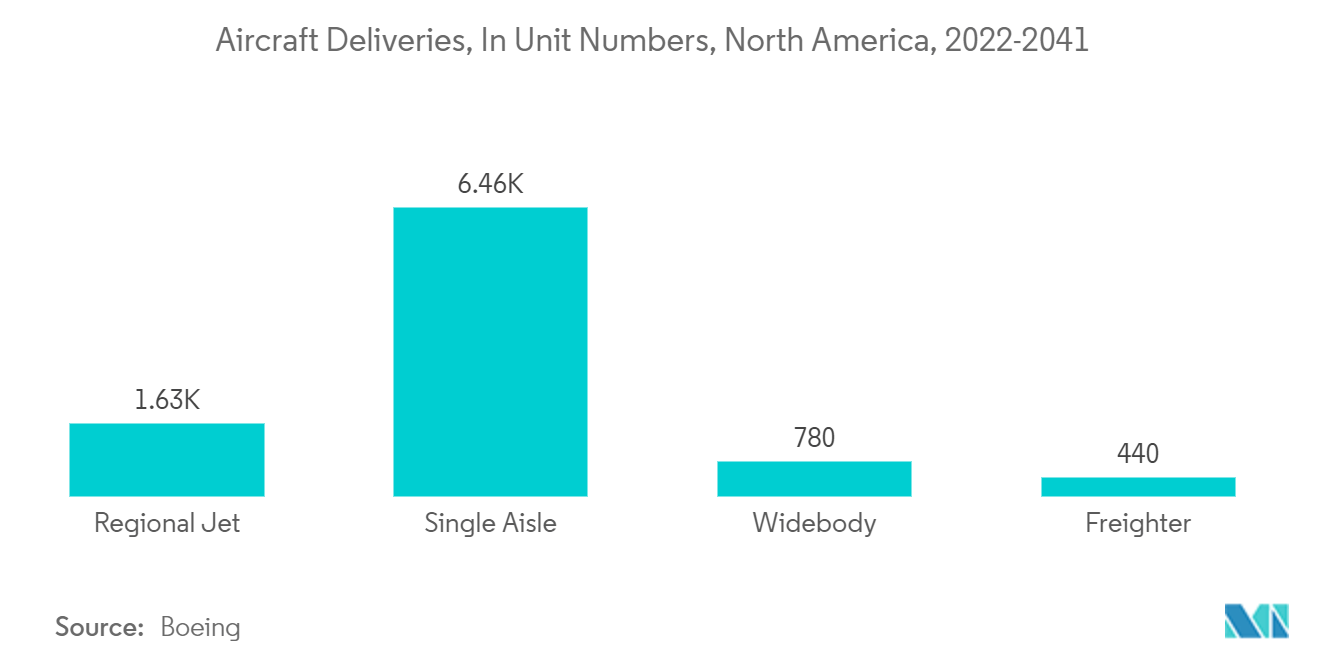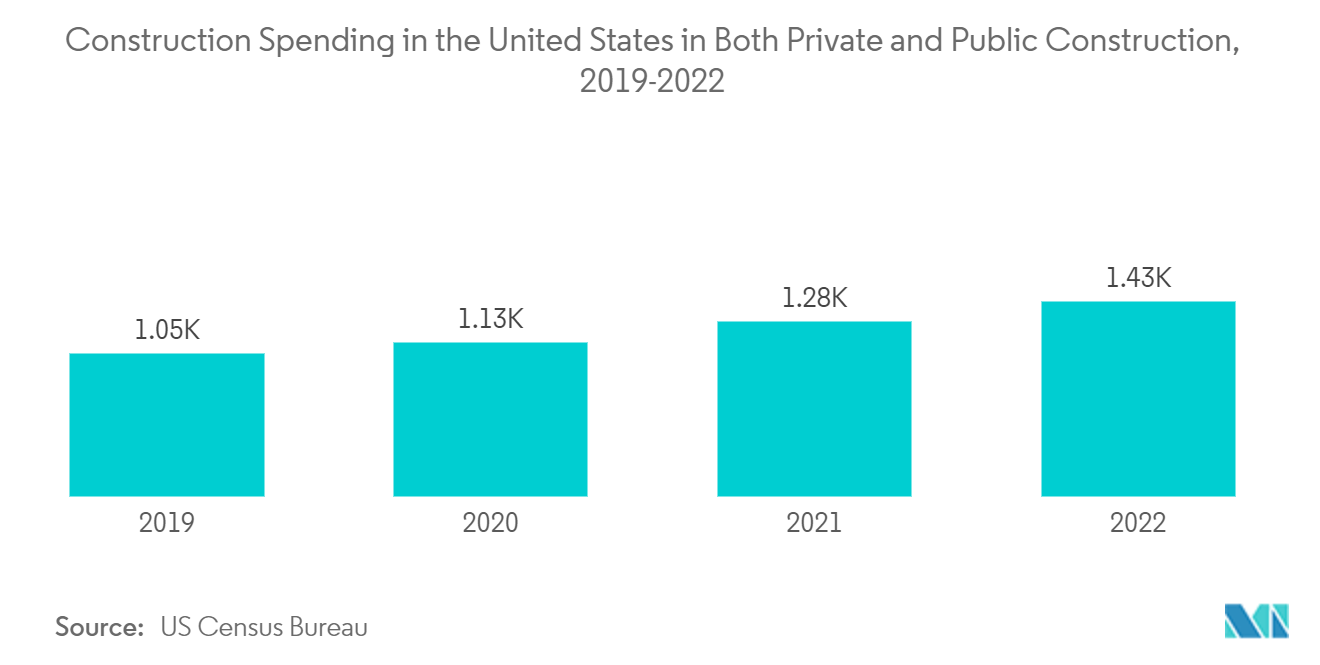Market Trends of North America Carbon Fiber Industry
Aerospace and Defense Industry to Dominate the Market
- Carbon fiber is valued in the aerospace and defense sectors for its exceptional strength-to-weight ratio. Aircraft and defense systems require materials that are both strong and lightweight to maximize performance and fuel efficiency. Carbon fiber composites offer these characteristics, allowing manufacturers to reduce the weight of aircraft and defense equipment without compromising structural integrity or performance.
- Aerospace and defense applications often require materials that can endure extreme conditions like high temperatures, pressure, and mechanical stress. Carbon fiber composites exhibit excellent resistance to these factors, making them suitable for critical components such as aircraft fuselages, wings, rotor blades, and ballistic protection systems.
- The aerospace and defense sectors in North America represent significant markets for carbon fiber manufacturers. The demand from these industries often drives large-scale production facilities and investments in research and development. Companies in North America, including major aerospace manufacturers and defense contractors, have invested heavily in carbon fiber technology to meet the growing demand for lightweight and high-performance materials.
- According to the estimate released by the Aerospace Industries Association, the American aerospace and defense industry generated total sales of over USD 952 billion in 2022, which increased by almost 6.7% compared to 2021.
- Furthermore, according to the estimate released by the Aerospace Industries Association (AIA), aerospace and defense industry exports increased by 4.4% in 2022 to a total value of USD 104.8 billion.
- Aerospace and defense contracts typically involve long-term agreements and partnerships between manufacturers, suppliers, and government agencies. Carbon fiber suppliers often establish strategic relationships with aerospace and defense companies to secure long-term contracts for the supply of materials. These partnerships contribute to the dominance of the aerospace and defense industry in the North American carbon fiber market.
- In view of these factors, the aeronautics and defense sector is projected to prevail over the regional market during the forecast period, enabling the carbon fiber market in this region to grow at an exponential rate.

United States to Dominate the Market
- The United States is home to some of the world's largest and most advanced aerospace and defense companies, including Boeing, Lockheed Martin, Northrop Grumman, and Raytheon. These companies have significant demand for carbon fiber materials for aircraft, spacecraft, missiles, and defense systems.
- The United States has a robust research and development infrastructure focused on carbon fiber technology. Leading universities, national laboratories, and private research institutions conduct extensive research on carbon fiber materials, manufacturing processes, and applications. This investment in R&D contributes to innovation and technological advancements in the carbon fiber industry.
- According to the data released by the Bureau of Economic Analysis (BEA), the US automotive industry sold approximately 15.5 million units of light vehicles in 2023. Retail sales of about 3.12 million passenger cars and slightly over 12.4 million light vehicles were included in that number.
- The United States has a significant manufacturing base for carbon fiber materials and composites. Several major carbon fiber producers, including Hexcel Corporation, Toray Industries, and Solvay, have manufacturing facilities in the United States. These companies supply carbon fiber products to various industries, that include aerospace, automotive, wind energy, and sporting goods.
- Carbon fiber composites are majorly being used in the construction sector for applications such as reinforcing concrete structures, bridge components, and building facades. Carbon fiber reinforcement can enhance the strength, durability, and seismic resistance of infrastructure projects.
- According to the United States Census Bureau, USD 939.17 billion was spent on public construction in the US construction sector in 2022. Comparing 2022 to 2021, when the total amount spent on public construction was USD 365.32 billion, the construction sector showed a rise.
- In the coming years, all of these factors are expected to have a significant impact on the demand for carbon fiber in this region.


